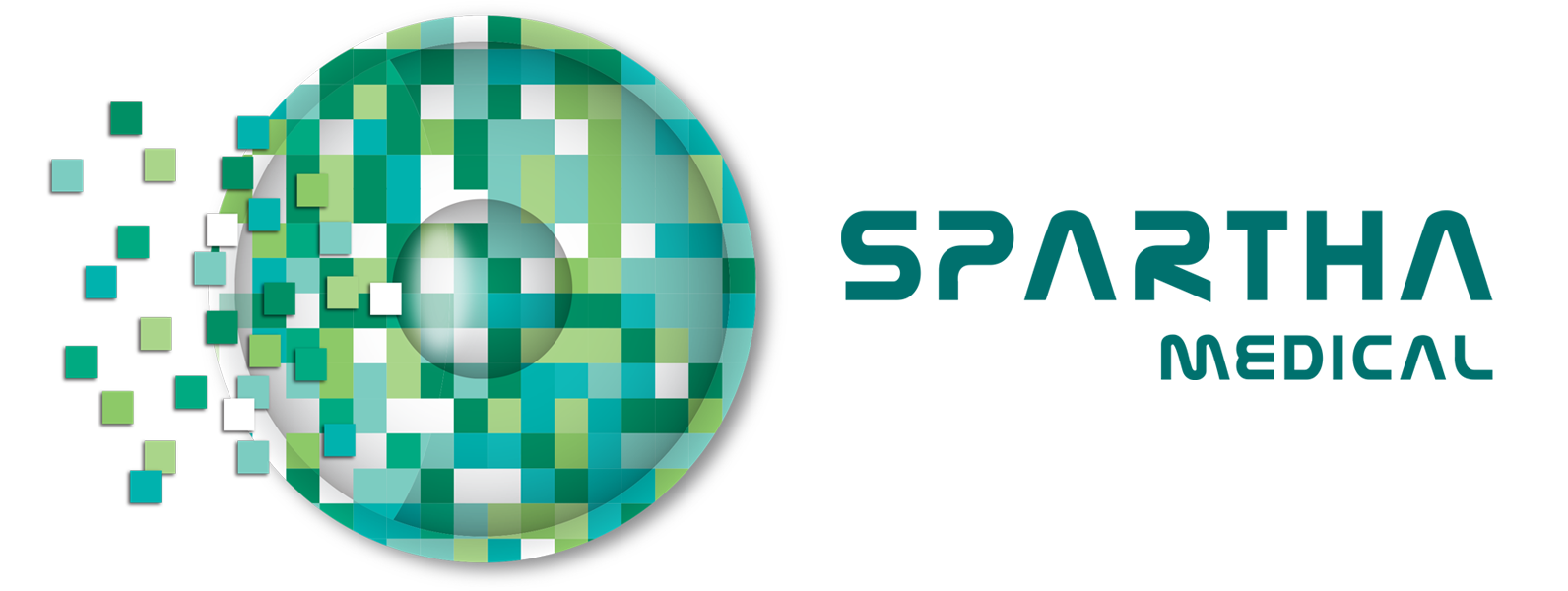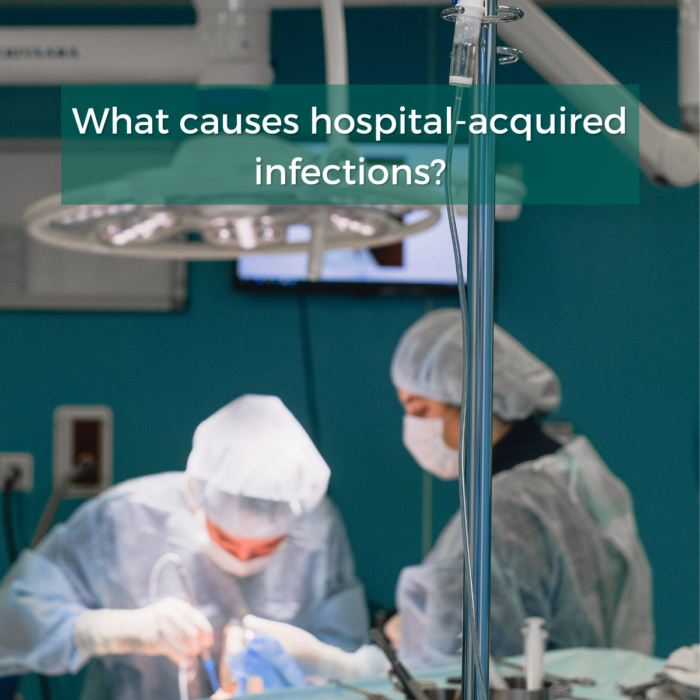Previous article: How to fight against nosocomial diseases?
What causes hospital-acquired infections?
The development of a nosocomial infection, also known as a healthcare-associated infection, is possible when three elements are present: a subject (the elderly, for example, have a higher susceptibility depending on the co-morbidities they have), an infectious agent and finally a mean of transmission.
The three micro-organisms most frequently responsible for nosocomial infections are Escherichia coli, Staphylococcus aureus and Pseudomonas aeruginosa. It is part of the commensal flora.
There are two possible mechanisms, the so-called endogenous infection and the exogenous infection.
– Endogenous infection concerns patients who infect themselves with their own germs (self-contamination) as a result of an invasive procedure performed during hospitalisation. The reason for this may also be a decline in the patient’s own defences if they are particularly weakened by their condition.
– Exogenous infection is linked to contamination of the hospital environment (water, air, equipment, food).
What factors can increase the risk of contracting an hospital-acquired infection?
Patient-related risk factors:
– Advanced age
– Unfavourable terrain or comorbidities
– Immunosuppression
– Diabetes
– Obesity
Health care-related factors:
– Exposure to an invasive medical device (e.g. vascular catheter)
– Hospital environment and hygiene
Factors related to the infectious agent:
– Pathogenic germs that grow and secrete toxins in the body.
Finally, nosocomial infections are more frequent in intensive care, surgery, burns and haematology departments.

